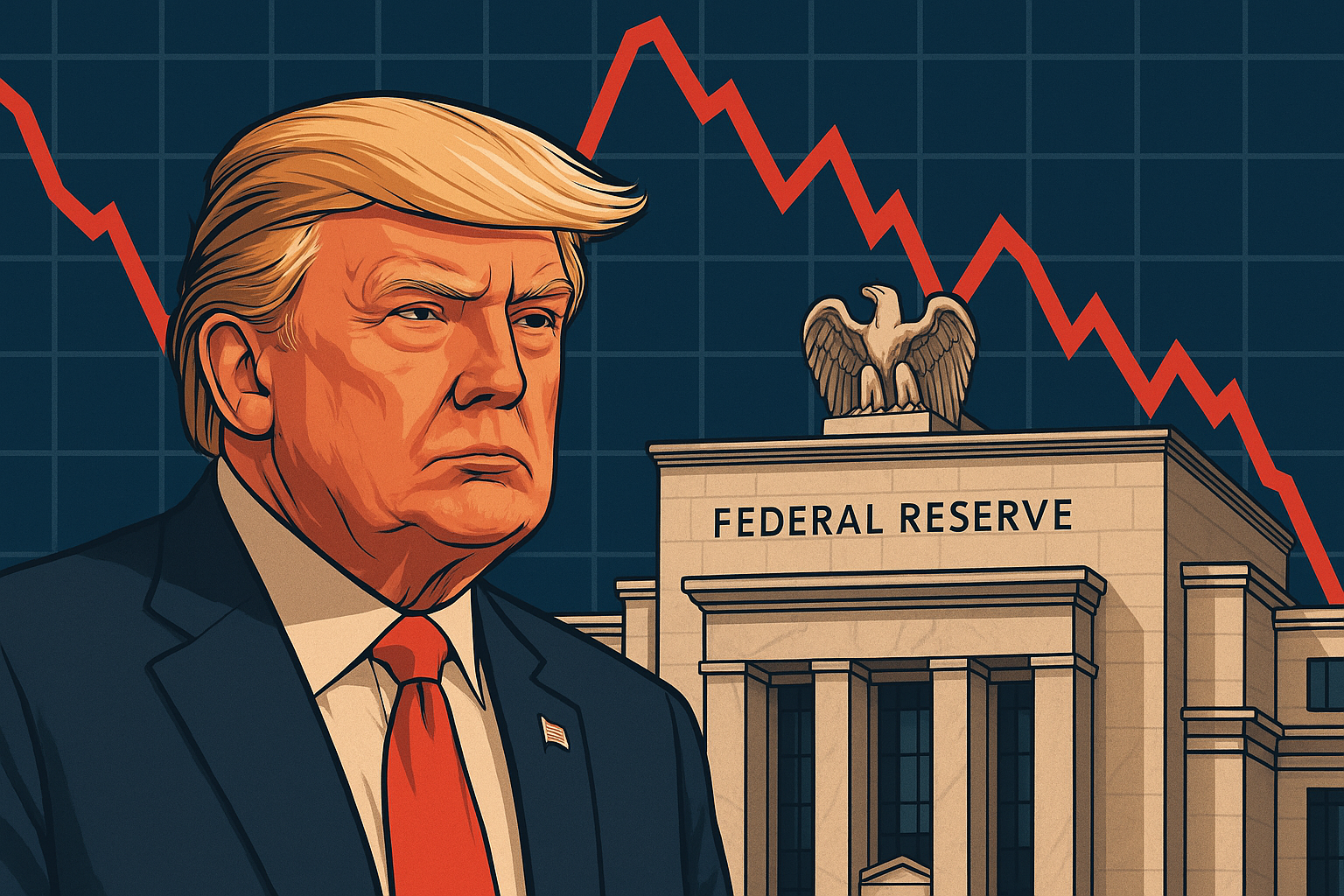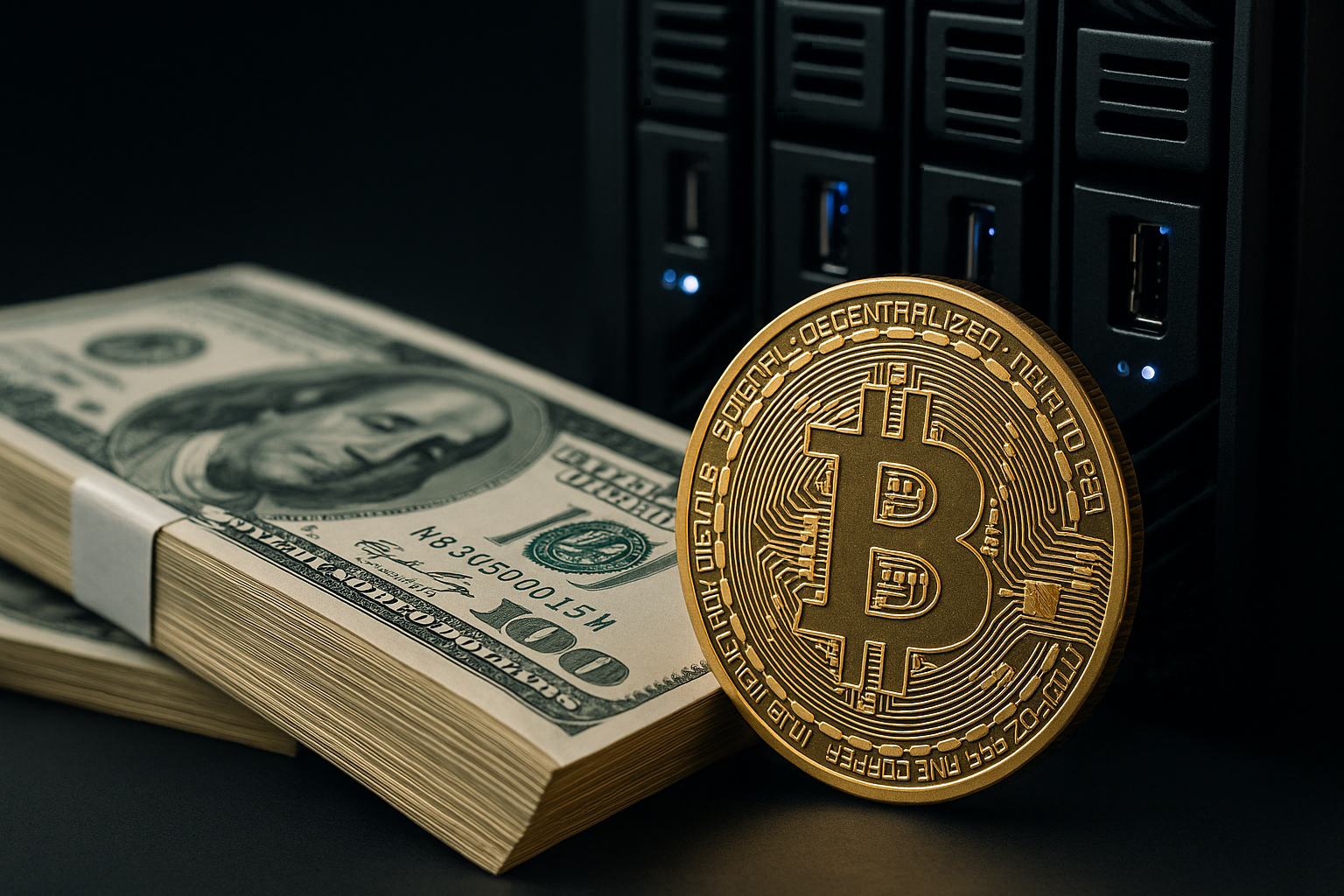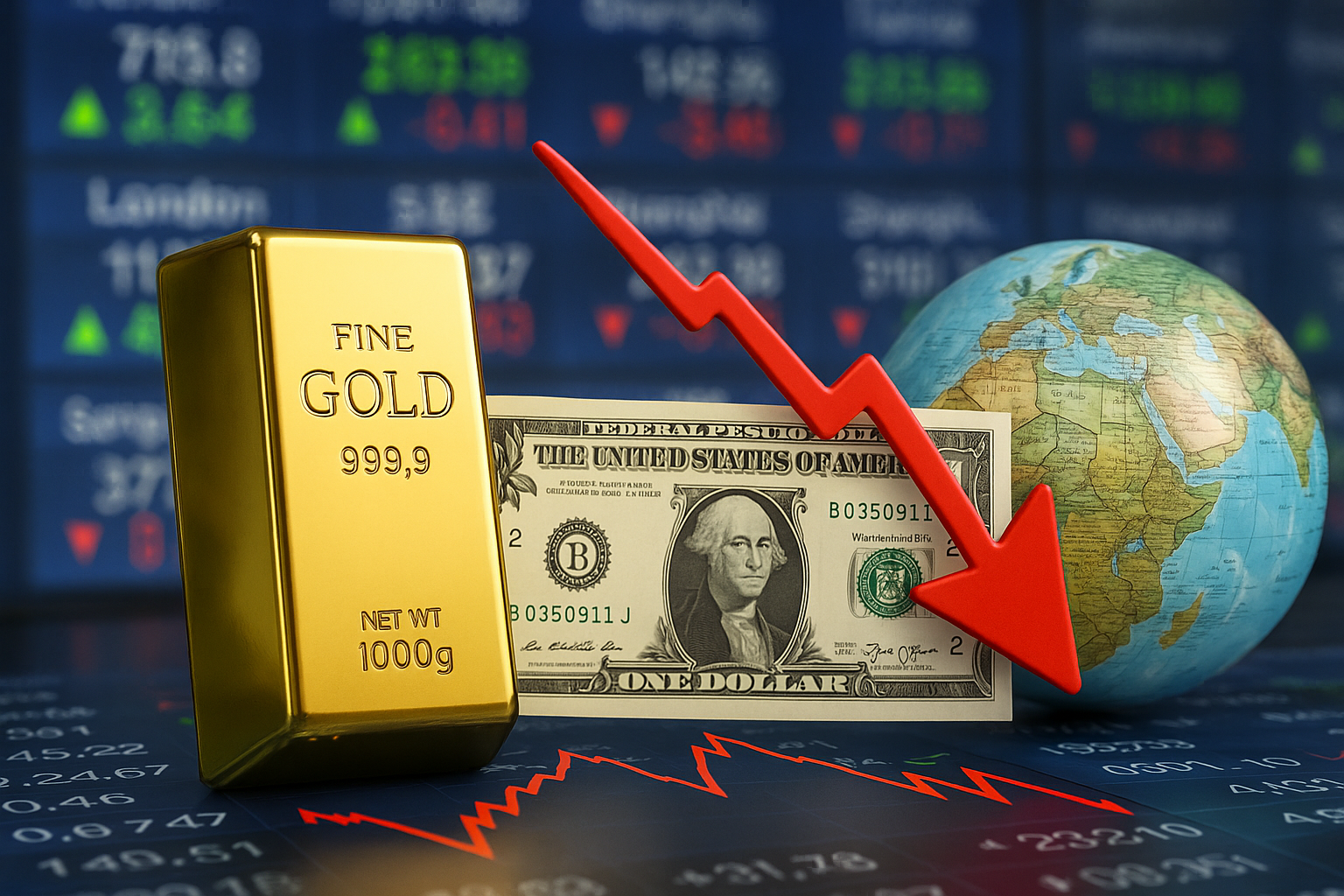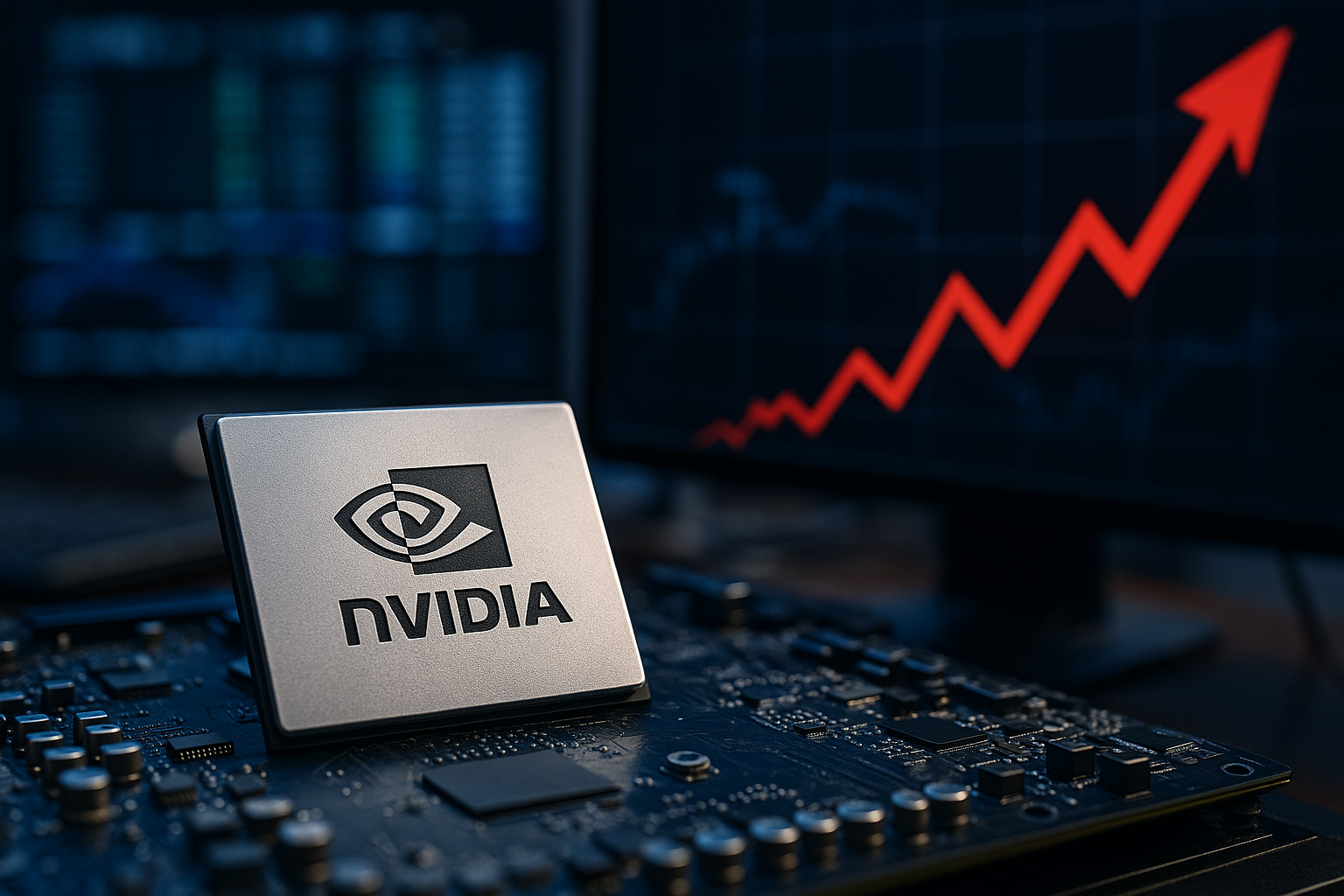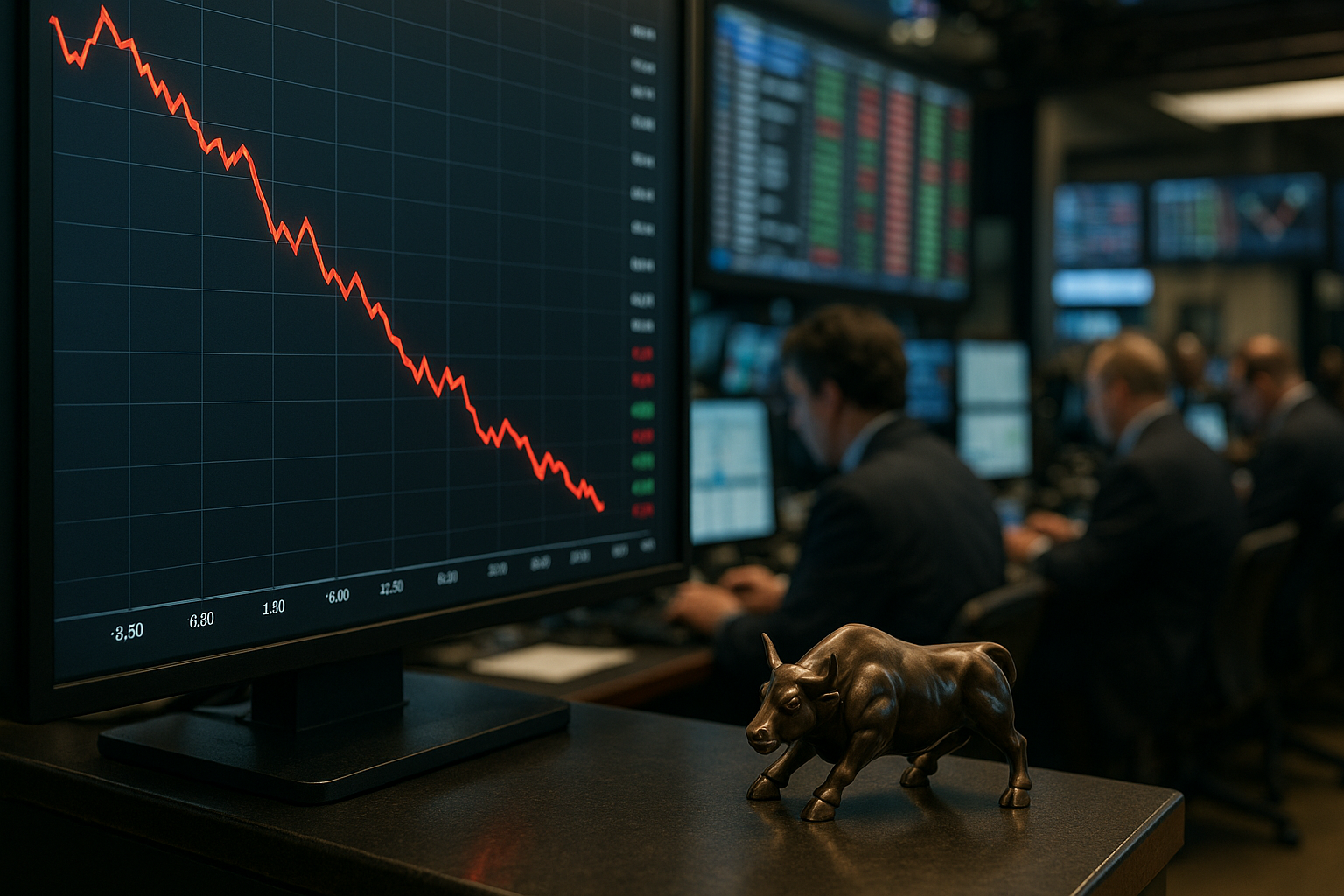The markets were caught off guard this week as former President Donald Trump announced his intention to nominate a new Federal Reserve Chair nearly a year before Jerome Powell’s term is set to expire in May 2026. The unexpected move sent tremors through the bond market, raised eyebrows across Wall Street, and reignited longstanding concerns about central bank independence.
As yields spiked and rate-sensitive sectors reacted sharply, the political maneuver has become a top concern for institutional and retail investors alike, signaling potential disruptions to monetary policy stability ahead of the 2026 election cycle.
The Politics Behind the Shock
Trump’s preemptive nomination announcement—widely seen as a political power play—emerged just days before the Federal Open Market Committee (FOMC) was set to release its latest rate decision. According to Reuters, insiders say the move is intended to reassure Trump’s base that monetary tightening will be reeled in if he regains the presidency.
The Fed has held rates steady since late 2024, following an aggressive tightening cycle aimed at taming post-pandemic inflation. Despite progress in bringing inflation back under control, markets remain jittery about premature policy shifts. In this context, Trump’s early signal to replace Powell was interpreted by many investors as an attempt to steer Fed policy toward looser monetary conditions in advance of political cycles—an idea that challenges the Fed’s traditional independence.
Why This Matters for Investors
Central bank credibility is one of the pillars of financial stability. Sudden changes in leadership—especially when politically motivated—can unnerve markets by injecting uncertainty into future policy direction. When markets lose trust in the Fed’s autonomy, the ripple effects can be wide-ranging:
- Bond Market Volatility: The U.S. 10-year Treasury yield jumped 9 basis points following the announcement, signaling investors’ fears of inflationary bias under a potentially more dovish appointee.
- Equity Sector Shifts: Financials and defensives outperformed while tech and high-growth stocks—more sensitive to rate expectations—sold off. The S&P 500 fell 1.2% intraday before recovering modestly.
- Currency Movements: The U.S. dollar weakened against major peers as traders recalibrated expectations for future Fed policy.
According to Business Insider, several market analysts flagged concerns that a politically driven appointment could erode long-term confidence in U.S. capital markets, especially among foreign institutional investors.
What’s Next: Names and Reactions
While Trump has not formally announced a successor, two names reportedly under consideration are:
- Judy Shelton, a vocal Fed critic and advocate of a return to the gold standard, previously nominated by Trump but rejected by the Senate in 2020.
- Kevin Warsh, a former Fed governor with ties to Wall Street and a more moderate stance, has also been floated.
Markets are likely to respond differently depending on the nominee’s perceived credibility and policy stance. If Shelton is named, expect increased bond market volatility and bearish sentiment among institutional investors. If a more centrist candidate like Warsh is tapped, reactions may be more muted.
Investment Insight: How to Navigate the Uncertainty
For investors, the early nomination drama presents both risk and opportunity.
1. Hedge Duration Risk: Bond portfolios with longer maturities are particularly sensitive to interest rate volatility. Consider shifting to short-duration Treasuries or inflation-protected securities (TIPS).
2. Rotate to Quality Defensives: In times of policy uncertainty, sectors like utilities, consumer staples, and healthcare often provide relative safety. These industries tend to be less sensitive to interest rates and political noise.
3. Watch Financials and Commodities: Banks may benefit from wider spreads if rate volatility persists, while commodities (especially gold) could attract safe-haven inflows.
4. Monitor the Nominee: Stay tuned for the official announcement. Nominee credibility will shape investor sentiment around inflation expectations and risk appetite into 2026.
Stay Ahead with MoneyNews.Today
With central bank leadership now a front-and-center issue, the stakes for investors have never been higher. Expect more market-moving headlines as the political battle over Fed policy intensifies.
Stay informed, stay sharp—and follow MoneyNews.Today for expert breakdowns on every key development shaping your portfolio.
